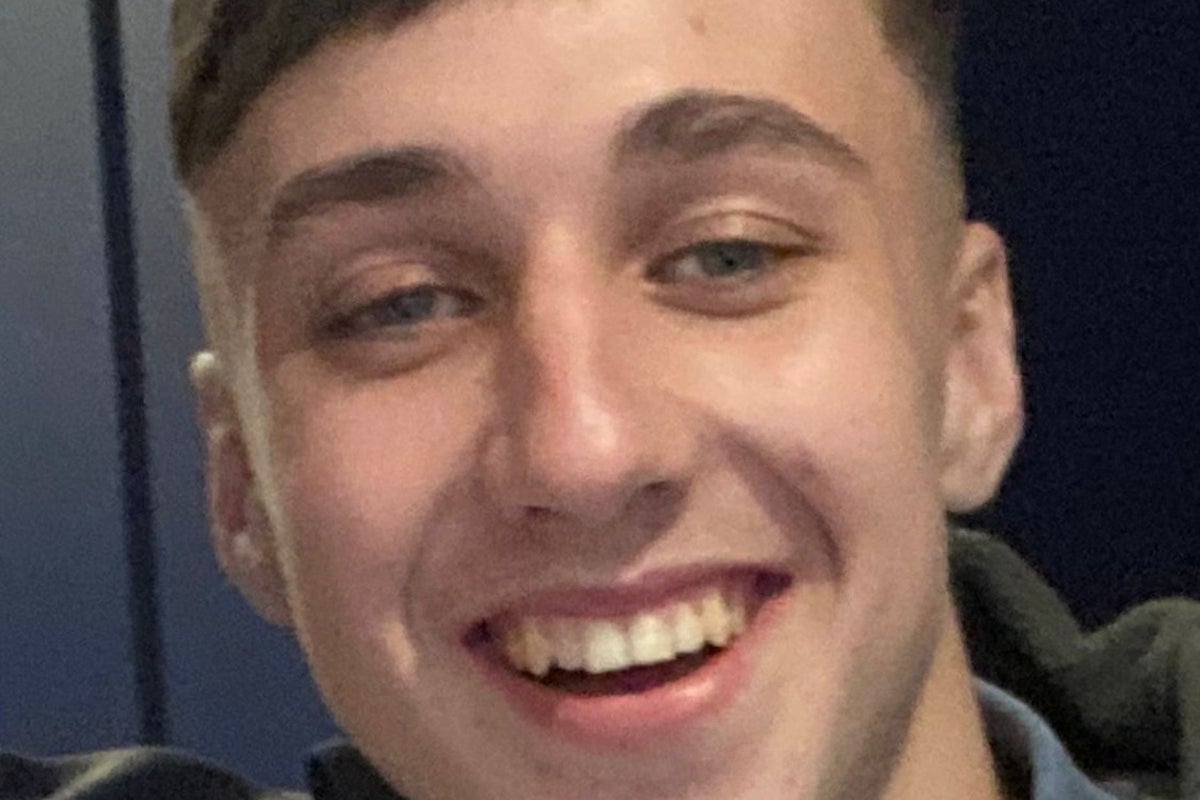The Disappearance of Jay Slater, a documentary very much made in the classic true-crime format, is the moving story of what turned out to be a terrible, tragic death – but one that leaves us with one unresolved question, regarding the programme itself. Namely, why did Channel 4 ever make it, when, as the show demonstrates, the disappearance of Slater has nothing to do with any crime, was so recent as to be still fresh in the mind, and is not a mystery anyway?
The plain facts about Slater are just that, but the producers take their time, build the tension and raise doubts even as they are recounting them, despite knowing now that this is, really, a bit bogus. The 19-year-old apprentice bricklayer from Lancashire was on holiday in Tenerife, his first holiday on his own, albeit he had some friends with him. From old home videos and interviews with his mum, dad, brother and friends, we see just what a sweet boy he was – “inquisitive”, “maybe a little too trusting”, but never seriously involved in crime. The hardest scenes to watch are those of Slater’s funeral, where the emotions are raw and unfiltered. His mother, Debbie, and father, Warren, who help guide us through Slater’s life and last fatal misadventure, are exceptionally brave human beings.
Slater visited some nightclubs, and, being a sociable type, took the offer from two strangers in the early hours of 17 June 2024 to drive with them to their B&B some 30 miles away in Masca, a hamlet up in the high mountains of the national park. He had consumed alcohol, plus some cocaine and MDMA before his death. In the documentary, phone messages, calls, snatches of CCTV footage, social media posts, and witness evidence – all examined by the Spanish and British authorities – detail his whereabouts and his condition with precision. His movements in and out of various nightclubs are timed, and it is obvious that he was intoxicated.
Eventually his body was found, after 29 days missing, at the bottom of a remote ravine in this harsh, rugged environment. The pathologist demonstrates, with the detachment essential to his craft, how Slater’s injuries – deep abrasions and scratches down own side of his body, and a “massive” head wound – are consistent with a steep fall of some 20 to 25 metres. By the time he tumbled to his death he was exhausted, dehydrated and disoriented. There was no third-party involvement and it was instant. His death was an accident. No room for doubt; but plenty of space online for conjecture, surmise and speculation.
Thus, as the documentary reminds us, during the search for Slater and for long afterwards, the armchair sleuths and the conspiracy theorists fastened onto various seeming inconsistencies or uncertainties. Singularly and in concert, they built the most offensive and distressing versions of events that their lurid imaginings and lack of forensic expertise could create. For Debbie, a grieving mother, it was hellish: “I will never ever understand why social media detectives are totally destroying people’s lives,” she says. “It’s been torture, absolute torture – the YouTubers and the TikTokers have made the situation a million times worse.” Some key witnesses refused to take part in the coroner’s court hearing because they were afraid of how they’d be treated, ie bullied and harassed online, a lasting injustice.
Why do the ghouls think they have a right to persecute people? Why is everything approached as if it were a crime, indeed a conspiracy? When the conspiracists started researching Slater and found that he’d been once at the scene of a machete attack, and was found guilty under our “joint enterprise” laws, why did they assume he’d be waving a knife around in Tenerife – when there is zero evidence he had?
What is missing from the documentary is much sense of making the conspiracists accountable. None are confronted. The same goes for the social media companies who allow them free rein to publish nonsense, and worse. Even after the disgrace of the far-right broadcaster Alex Jones, people who refuse to accept the world as it is are still making the lives of others a misery, and endangering their own mental health. It infects politics, like a fever, as we witness with the mass online hysteria prompted by Nigel Farage claiming migrants eat swans.
Why have we ended up here? That is a question this documentary begs but never tries to answer. It’s much more of a challenge than the disappearance of Jay Slater, a nice lad who should be left to rest in eternal peace, but never will be.

